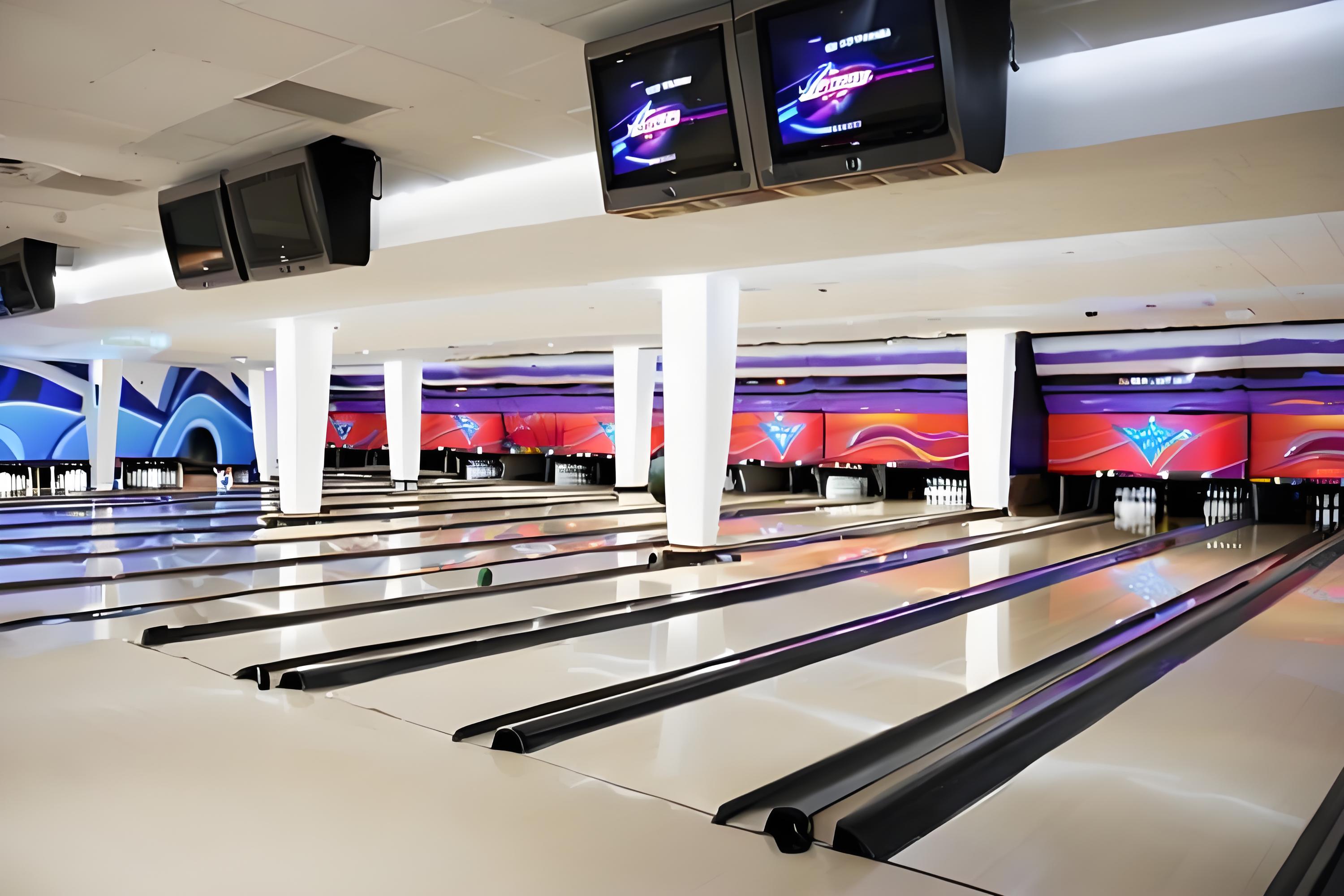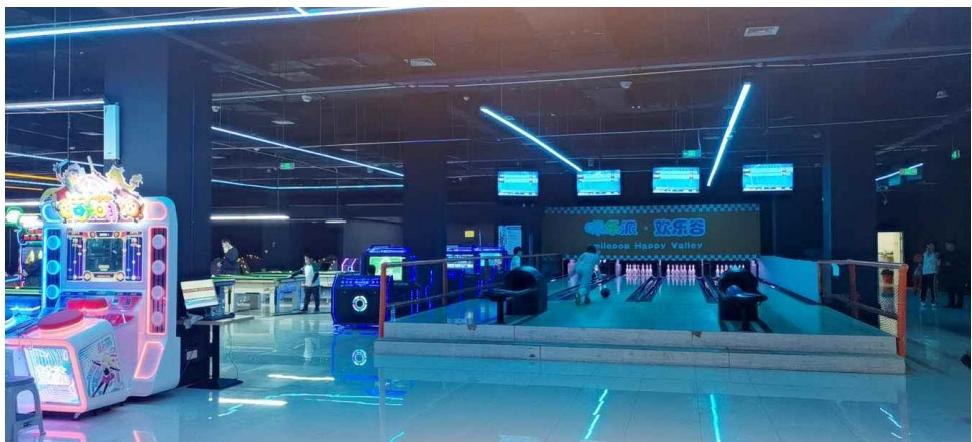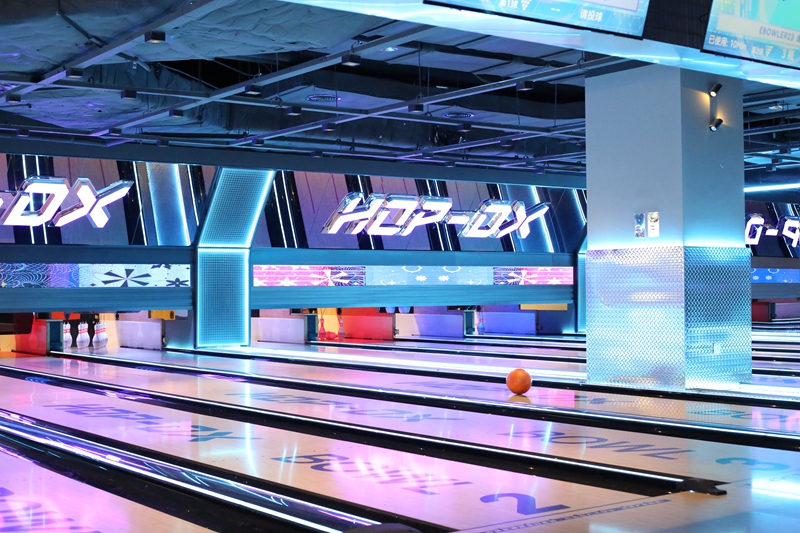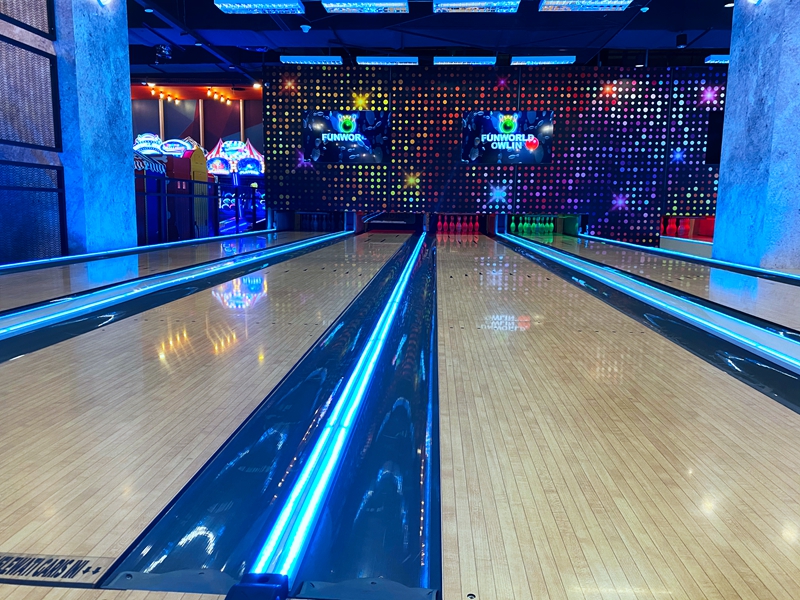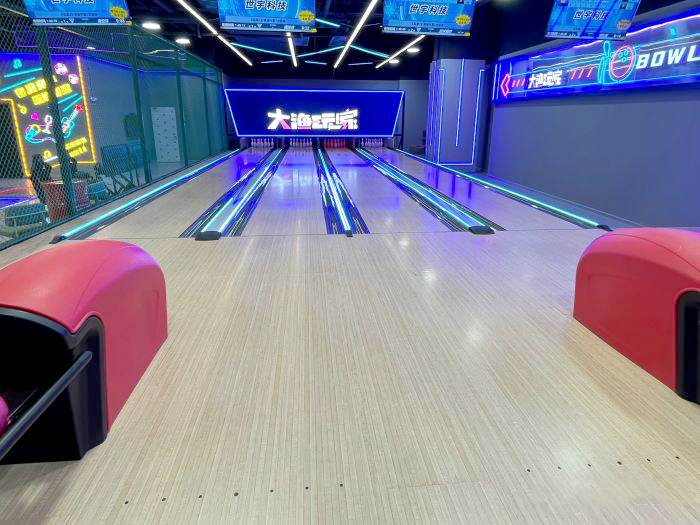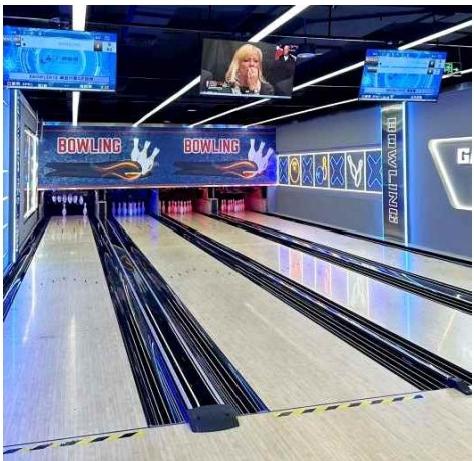Unveiling the secrets of bowling lanes: the perfect fusion of structure and detail
Classification: Blog Time:24-09-07 Views:134
Bowling, a popular indoor sport around the world, not only tests the skill and strength of its participants, but the equipment lanes behind it are full of ingenious combinations of design and technology. This article will give you a deeper understanding of the structure and details of bowling lanes and how they provide a stable, fair and challenging environment for this sport.

1. Basic composition of the lane
As the core area of the game, the bowling lane is designed in a sophisticated and complex way. Generally speaking, the lane consists of the following key parts:
Approach: This is the area where the player stands and prepares to shoot. It is usually made of wood or synthetic materials with a smooth and flat surface to ensure the player’s stability and accuracy in pitching. The length and width of the approach area is carefully designed to meet the needs of players of different skill levels.
Foul Line: The serving area is a thin line between the approach area and the court. Players must ensure that at least one foot is on the serving area when pitching to comply with the rules of the game. This line is not only a technical boundary, but also a restriction on the player’s serve.
Lane: The lane is the central area on which the bowling ball rolls and is approximately 60 to 80 feet (18.29 to 24.38 meters) long and 34 to 42 inches (0.86 to 1.07 meters) wide. The lane is divided into 10 equally spaced arrow areas to help players line up their shots. In addition, the surface of the track is covered with a grease and plastic coating to increase the rolling effect and friction of the ball.
Gutter: The deep, narrow grooves on either side of the course. If the ball rolls outside the arrow area, it will slide into the gutter and negate the score. The gutter setting increases the challenge of the game, requiring players to accurately control the direction and strength of the pitch.
2. Lane Material and Type
The material and type of bowling lanes are also important factors that affect their performance. Traditional lanes are usually made of wood, such as cherry or maple, which are durable and solid. However, with the development of science and technology, synthetic lanes have gradually emerged. Synthetic lanes, such as polymers and plastics, have the advantages of moisture resistance, wear resistance and easy maintenance, and the surface is more flat and uniform, providing a more stable rolling effect.
In addition, the lanes can also be divided into different types according to the setting of the guard plate, such as standard lanes, wave lanes and straight lanes. These different types of lanes have different effects on the rolling trajectory of the ball and the difficulty of the game, and are suitable for players of different levels and playing requirements.

3. Detailed Design of the Course
In addition to the basic components, there are many detailed designs on the bowling lanes that deserve attention. For example, the lane markings, such as step markings and target markings, provide a reference for players to aim and help them walk. At the same time, structures such as side ditches and backboards on both sides of the lanes also play a role in protecting the lanes and players.
At the end of the lanes, there are also cleaning troughs and return lanes. These devices are responsible for cleaning the bowling balls and pins that have fallen during the game and returning them to the pitching area. These automated designs not only improve the efficiency of the game, but also reduce the labor intensity of the staff.
As an important part of bowling, the structure and detail design of the lane reflects the care for the athletes and the pursuit of fairness in the game. By understanding the composition, material and type of the lane and the detailed design, we can have a deeper understanding of the charm of this sport. Whether you are a beginner or an experienced player, you can find your own fun and challenge on the bowling alley.


